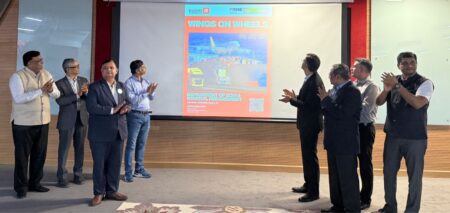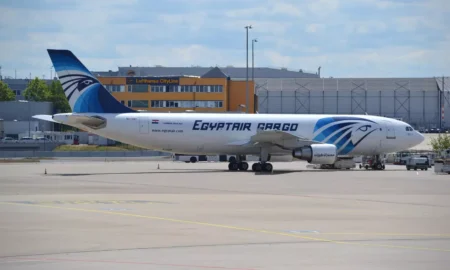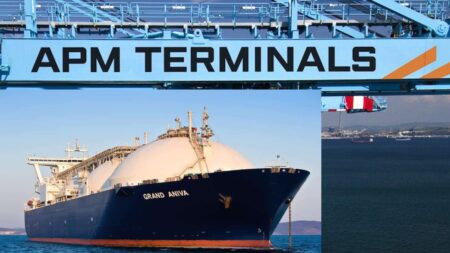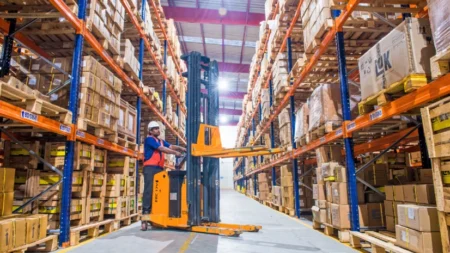Dr Pushpendra Pratap Singh, MD & CEO of Logitrust Global Solutions, shares how multimodal logistics, while highly efficient, is also sensitive to disruption. With cargo moving across modes, even a minor delay can trigger widespread ripple effects. The challenge is not to avoid disruption but to build systems that can absorb and adapt.

One delay can derail the whole chain; resilience needs coordination
In an increasingly complex logistics ecosystem, supply chains are expected to be faster, leaner, and more responsive than ever before. Yet, when even a single transport mode, road, rail, sea, or air, breaks down, the ripple effects can be immediate and costly.
Studies indicate that supply chain disruptions now cost organisations an average of over US$180 million annually. Alarmingly, most systems take up to five days to recover, with only a small fraction able to respond within 24 hours, resulting in inventory shortfalls, revenue losses, and significant strain on customer trust.
Chain reactions across modes
The multimodal model depends on precise timing: a truck meeting a train or a barge feeding into a port schedule. If one link breaks, the entire chain slows down. Events like the Suez Canal blockage or Red Sea tensions have shown how delays in one mode can lead to warehouse congestion, missed cargo slots, and increased freight costs across the board.
According to Dr. Singh, “A delay in one segment can create a domino effect that hits not just delivery timelines, but also margins, service levels, and inventory planning.”
Multimodal fragility
The interconnected nature of multimodal networks, while efficient, amplifies risk. The absence of buffers due to just-in-time practices, combined with infrastructural bottlenecks and varying regulations across transport corridors, makes recovery slow and expensive. Developing economies, in particular, face compounded challenges due to limited modal integration and capacity gaps.
Tech as a safety net
Digitalisation is playing a critical role in containing these chain reactions. Real-time visibility, AI-based forecasting, and dynamic rerouting tools are helping businesses detect disruptions early and course-correct before problems escalate.
Dr. Singh notes that visibility platforms are no longer optional; they are essential to prevent small delays from becoming major crises.
Strengthening the system
However, technology must be supported by robust infrastructure and streamlined policies. Investments in freight corridors, multimodal parks, and unified logistics platforms are critical to reduce modal dependency and improve resilience.
Breaking the Domino loop
As Dr. Singh aptly puts it, “Multimodal logistics isn’t just about efficiency; it’s about survival.” In a high-stakes supply chain world, the ability to respond swiftly to disruptions determines who stays ahead and who falls behind. Avoiding the domino effect requires foresight, flexibility, and a logistics ecosystem that works in sync.






